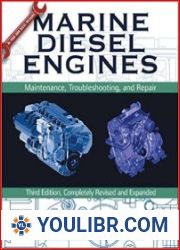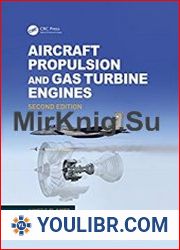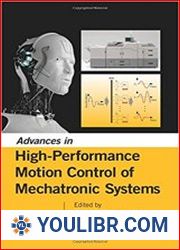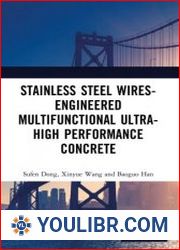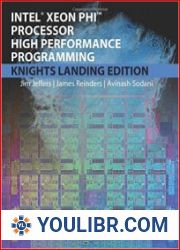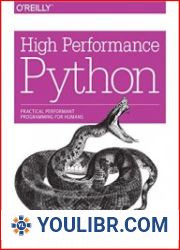
BOOKS - Design of Racing and High-Performance Engines 2004-2013 (Sae International Pr...

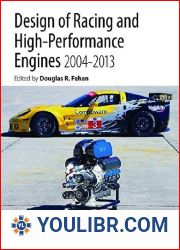
US $7.96

848771

848771
Design of Racing and High-Performance Engines 2004-2013 (Sae International Progress in Technology Series)
Author: Douglas R. Fehan
Year: May 7, 2013
Format: PDF
File size: PDF 25 MB
Language: English
Year: May 7, 2013
Format: PDF
File size: PDF 25 MB
Language: English
This compendium is an update to two best-selling editions published by SAE International in 1995 and 2003. Editor Doug Fehan has assembled a collection of technical papers from the SAE archive that will inspire readers to use race engine development as an important tool in the future of transportation. He focuses on several topics that are important to future race engine electrification, materials and processes, and improved technology. Today s electric hybrid vehicles and kinetic energy recovery systems embody what inventors envisioned in the early 1900s. First employed in trams and trains of that era, the technology was almost forgotten until racers resurrected their version in 2009 F-1 racing. The automotive industry has long admired the aircraft industry s use of lightweight metals, advanced finishing processes, and composites. The use of these materials and processes has helped reduce overall mass and, in turn, improved speed, performance, and reliability of race engines. Their initial high cost was a limiting factor for integrating them into mass-produced vehicles. With racing leading the way, those limitations were overcome and vehicles today feature some amazing adaptations of those processes and materials. Engine power, efficiency, durability, reliability, and, more recently, emissions have always been of primary importance to the automotive world. The expanding use of electrification, biofuels, CNG, high-pressure fuel delivery systems, combustion air management, turbocharging, supercharging, and low-viscosity lubricants have been the focus of race engine development and are now turning up in dealer showrooms. The papers in this publication were selected for two they demonstrate the leadership that racing plays in the future of automotive engineering and design as it relates to engines; and they will be interesting to everyone who may be in racing and to those who may want to be in racing.








